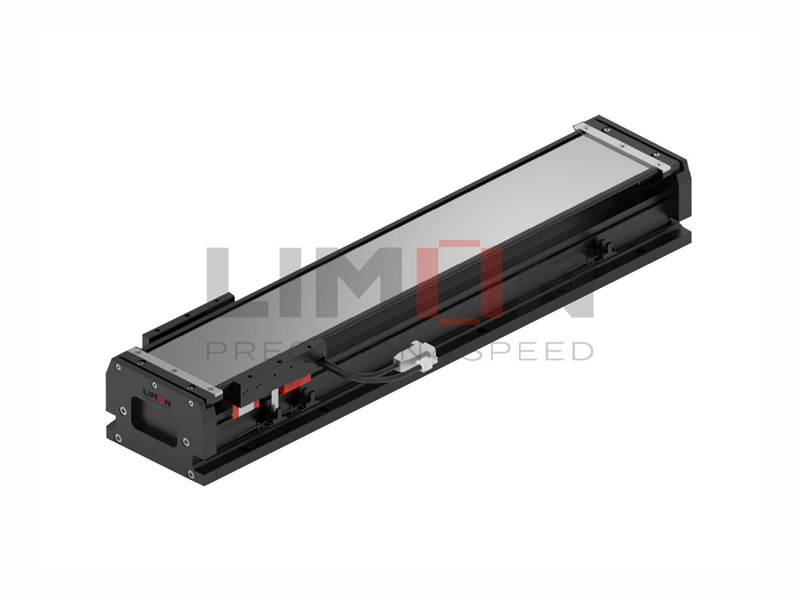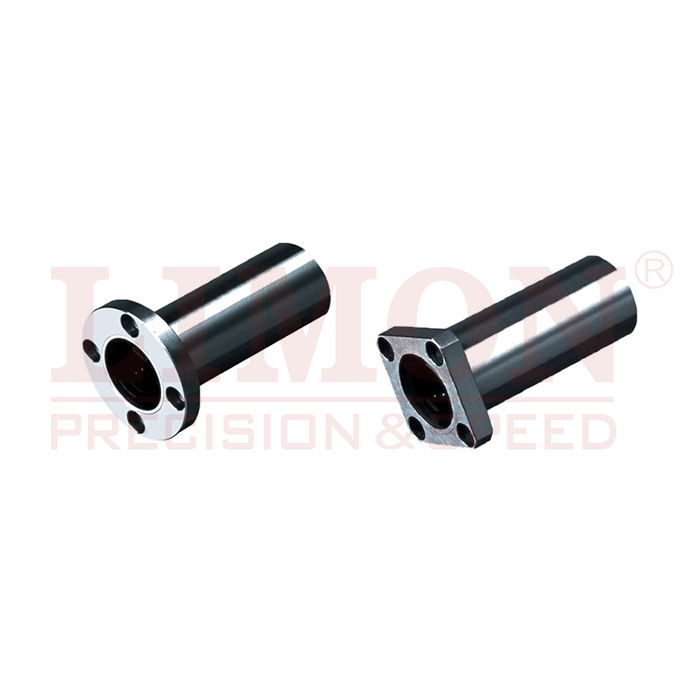Incorrect motor control causes skipped steps, overheating, and equipment failure. The solution? A stepper motor driver ensures precise, synchronized motion across industrial and embedded systems. Let’s dive in.
A stepper motor driver is an electronic device that regulates power and timing to stepper motors. It enables accurate positioning and speed control in automation, robotics, and 3D printing.
Keep reading to explore how stepper motor drivers work and which type fits your application.
What is a Stepper Motor Driver?
A stepper motor driver is a specialized electronic controller that powers and manages the movement of a stepper motor. It acts as an interface between a logic-level control system (like a microcontroller, PLC, or motion controller) and the motor itself, translating digital pulse signals into physical rotation.
Unlike traditional DC motor drivers that deliver continuous power, stepper drivers send pulsed current to the motor coils. These pulses activate the motor’s phases in a defined sequence, allowing the rotor to move incrementally—step by step.
A basic stepper motor system consists of:
A controller that generates step and direction signals
A stepper motor driver that interprets these signals
A stepper motor that executes the motion
Key functions of a stepper motor driver include:
Managing current regulation (to avoid overheating)
Sequencing coil activation
Setting microstepping resolution
Interfacing with control logic
Protecting the motor and system from overvoltage or short circuits
Without a properly matched and configured driver, even the most precise stepper motor will perform poorly, leading to lost motion, vibration, or system failure.

Stepper Motor Driver Working Principle
The core working principle of a stepper motor driver revolves around pulse generation, current regulation, and phase switching.
Here’s how it works:
Step and Direction Inputs: The driver receives digital signals (typically 5V or 3.3V pulses) from a controller. The number of pulses determines how many steps the motor moves, and the direction pin controls clockwise or counter-clockwise rotation.
Pulse Interpretation: Based on the received signal, the driver decides which motor coil to energize and in what sequence. Common sequences include full-step, half-step, and microstep modes.
Current Regulation (Chopper Control): Using a technique called pulse-width modulation (PWM), the driver adjusts current flow dynamically to maintain efficient torque while preventing coil overheating.
Microstepping: Modern drivers divide full steps into finer steps (e.g., 1/8, 1/16, 1/32) by varying current through two coils sinusoidally. This improves motion smoothness and positioning accuracy.
Protection Mechanisms: Most high-performance drivers include overvoltage, under-voltage lockout, short-circuit protection, and thermal shutdown features.
Example:
If you set a stepper driver to 1/16 microstepping and feed it 3200 pulses per second, a standard 1.8° stepper motor (200 steps/rev) will rotate at 60 RPM with extremely smooth motion.
This precise control is what makes stepper motor drivers ideal for applications demanding accurate linear or rotational movement without feedback.
Stepper Motor Driver Types
Stepper motor drivers come in several types based on complexity, control method, and performance requirements. Selecting the right driver type depends on motor specs, control interface, and motion profile.
1. L/R (Resistance-Controlled) Drivers
These are basic drivers that use resistors to limit current through the coils. They are inexpensive but inefficient due to constant power dissipation.
Pros:
Simple, low-cost design
Easy to implement with low-speed systems
Cons:
Poor high-speed performance
Generates excessive heat
2. Chopper (Constant Current) Drivers
These regulate current using pulse-width modulation (PWM), maintaining torque and reducing heat. The chopper driver is the industry standard today.
Pros:
Good efficiency
Stable performance at various speeds
Supports microstepping
Cons:
More complex circuitry
Slight EMI generation
3. Microstepping Drivers
These deliver partial step signals by applying sine-cosine current patterns. This reduces vibration and improves accuracy.
Pros:
Smoothest motion
Highest positional resolution
Ideal for precision equipment
Cons:
May reduce torque at microstep levels
Slightly higher cost
4. Intelligent Stepper Drivers
Also called digital stepper drivers, they offer programmability, diagnostics, communication interfaces (Modbus, CANopen, etc.), and automatic tuning.
Pros:
Real-time diagnostics
Programmable motion profiles
Closed-loop capabilities (in hybrid designs)
Cons:
Higher cost
More difficult to configure
Each driver type serves a specific tier of performance and cost. For example, basic open-loop 3D printers use chopper or microstep drivers, while advanced pick-and-place machines benefit from intelligent drivers.
Advantages and Disadvantages
Understanding the pros and cons of stepper motor drivers helps determine suitability across industries.
Advantages:
Precise Control: Enables fine movement control with predictable step counts.
Open-Loop Simplicity: No need for encoders or complex feedback systems.
Cost-Effective: Low system cost compared to servo motor solutions.
Reliable Holding Torque: Stepper motors hold position without extra hardware.
Flexible Motion Profiles: Adjustable via microstepping and pulse rates.
Disadvantages:
Torque Drop at High Speeds: Stepper systems can lose power quickly as speed increases.
Resonance and Vibration: Without proper damping, mid-range speeds may suffer instability.
Stall Without Feedback: No inherent way to detect missed steps or load anomalies.
Power Inefficiency: Constant current draw leads to heating even at idle.
Selecting a proper driver, tuning the step pulse frequency, and choosing appropriate step division can mitigate many of these challenges.
Applications
Stepper motor drivers power a wide array of modern motion systems across industries due to their simplicity, cost-effectiveness, and precision.
1. 3D Printing
Microstepping drivers precisely control X, Y, Z axes and extruders to ensure smooth motion and accurate layer deposition.
2. CNC Machines
Used for controlling spindles, tool changers, and axis motion with step-resolution fine enough for intricate cuts.
3. Medical Equipment
Ideal for lab automation, fluid dispensing, and diagnostic systems where motion must be accurate but cost-sensitive.
4. Robotics
Mobile robots and pick-and-place arms often use stepper motors and drivers for lightweight, accurate control.
5. Textile and Packaging
Conveyor indexing, label applicators, and pattern-stitching systems benefit from stepper driver accuracy and repeatability.
6. Office Automation and ATMs
Paper feed mechanisms and card readers frequently use stepper motor drivers for clean, reliable motion.
The application scope is growing with innovations in compact driver designs, IoT connectivity, and hybrid closed-loop stepper systems.
Summary
Stepper motor drivers translate digital signals into precision motion—powering reliable, cost-effective automation across industries.For further questions please contact [email protected]




2.jpg)